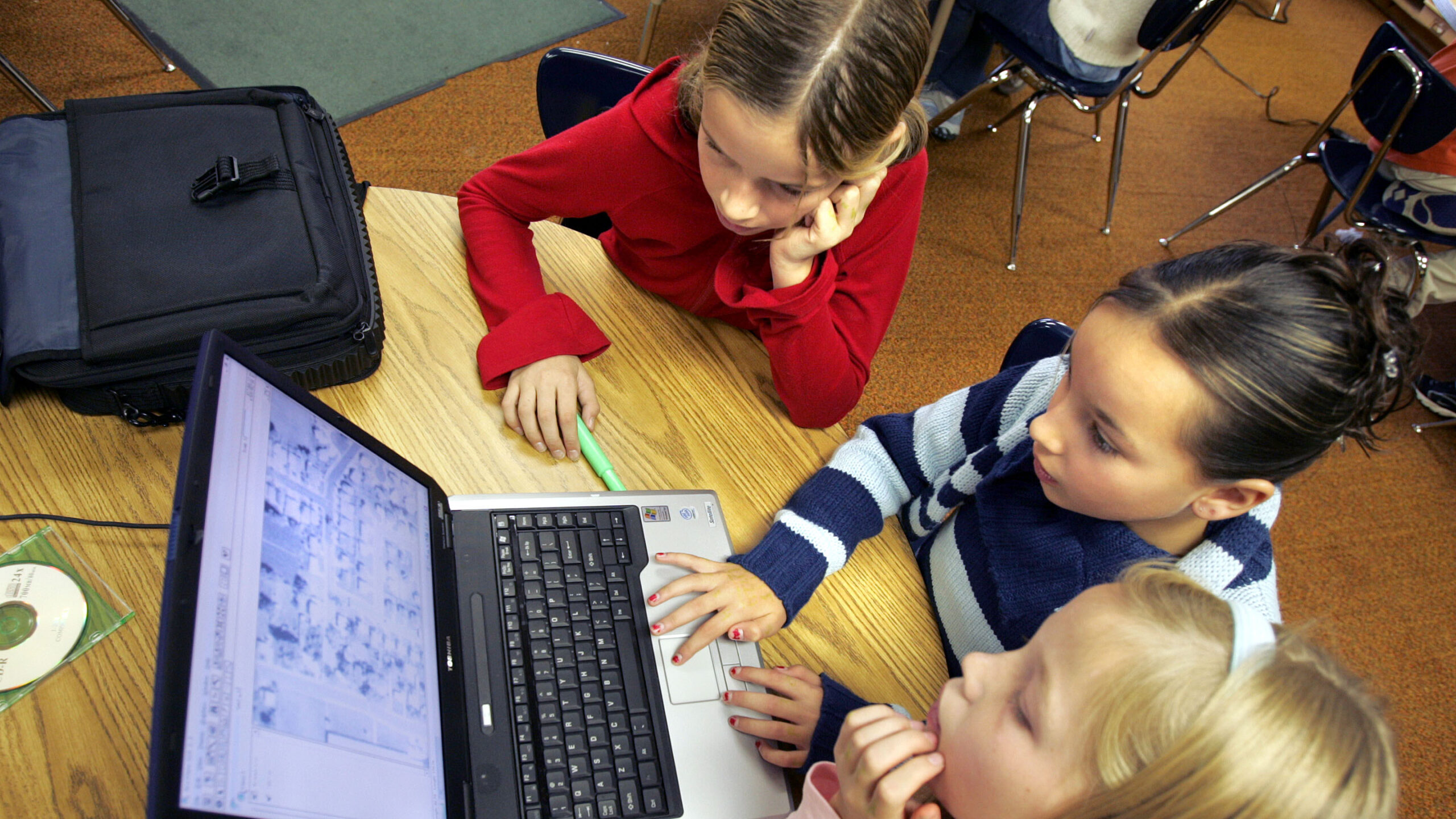Utah legislature gives $15 million for teen centers in high schools. How will they work?
Mar 8, 2023, 3:14 PM | Updated: Mar 9, 2023, 11:18 am

SALT LAKE CITY — Utah’s legislature has appropriated $15 million to create new teen centers in Utah’s high schools. The group behind the push is privately raising another $3 million. And Utah’s high schools will soon be able to apply to get some of that money if they want to create a teen center.
What’s a teen center?
Teen centers are a space in Utah schools where vulnerable students can go to address any physiological or mental health needs.
“They would have showers, a washer and dryer, grab and go food, but most importantly a trusted adult that is officing in that space,” said Emily Bell McCormick of The Policy Project. The group lobbied for, and got, funding from the legislature.
McCormick said the hope is that adults will be able to connect teens with resources in the community, whether it be for mental health or a place to sleep.
“Especially as we create sort of a requirement that any teen center, in order to get funding, needs to be able to connect kids with resources within their community.”
Which schools will have a teen center?
Not every school will be able to get funding.
“We’ll be working with the Utah State Board of Education (USBE) on a grant system where high schools can opt-in for [the] centers,” said McCormick. “It isn’t a mandate; it’s offering them up to $250-thousand per high school to convert a space that’s into the existing building.”
According to McCormick, the money will be enough to fund 70 full teen centers. Utah has about 200 high schools.
“If demand is created, and as long as we can prove that they’re working well, then we expect that number to grow and we’ll be able to go back and get funding for all of the high schools in Utah,” McCormick said.
USBE will get the money in July, and McCormick and her team are currently working on the qualifications for the grant “to make sure we’re including schools that maybe experience need at a higher degree.”
Who is on board?
McCormick said her group has talked to all 41 superintendents in the state. Some schools may already have pilot programs for centers like this, some might have a food pantry, but the funding would allow them to expand, update or create one.
Tooele, Jordan, Canyons, Cache Valley and Richfield were all districts McCormick named as being interested.
But with money for about half the high schools in Utah, McCormick said their priority would be a focus on rural communities that might be in “higher poverty areas.”
For example, in Carbon County, McCormick said the Superintendent told them 60% of their students came from a home where a caregiver was addicted to opioids.
“That really changes the life for a child,” McCormick said.
Whether it is high poverty or a lack of jobs, we really want to look at those communities and say even though the population is small, this is so enormously impactful for this community.”
McCormick added they are currently working with the USBE on the priority qualifications.
Need in Tooele
Superintendent of Tooele School District, Mark Earnst says his district was already trying to come up with an idea to help students who needed a place to shower and do laundry.
For me, it’s like a secret in plain sight. Everyone sees these kids every day in class, and this is a secret that kids keep to themselves. And then every once in a while, they say something to maybe a friend or a teacher.”
Earnst said there are about 200 kids in the district who qualify as “homeless” under the McKinney-Vento federal homeless assistance program.
“However we think our number is between 400 and 600 students who can benefit from this program,” Earnst said.
He used an example of a student in Dugway. The student wasn’t showering because, while they had a shower, they didn’t have a towel to dry off. According to Earnst, the student talked to school a counselor and was able to get one.
“These teen centers … students will know, if there’s something you don’t have, go to the teen center.”
Earnst said that a previous grant is allowing them to put a teen center in Tooele and Wendover High schools.
Then, if they get funding from this Teen Center Project, they plan to put one in Stansbury and Grantsville High Schools.
For a lot of students, they see what other students have, a steady home, a cell phone, a quiet place to do homework, and I think that the stigma of not having all of that makes them hide it,” Earnst said. “And it makes them ashamed that they can’t come to school in clean clothes every day.”
“And I think this teen center will give them a place where there’s no judgment.”













